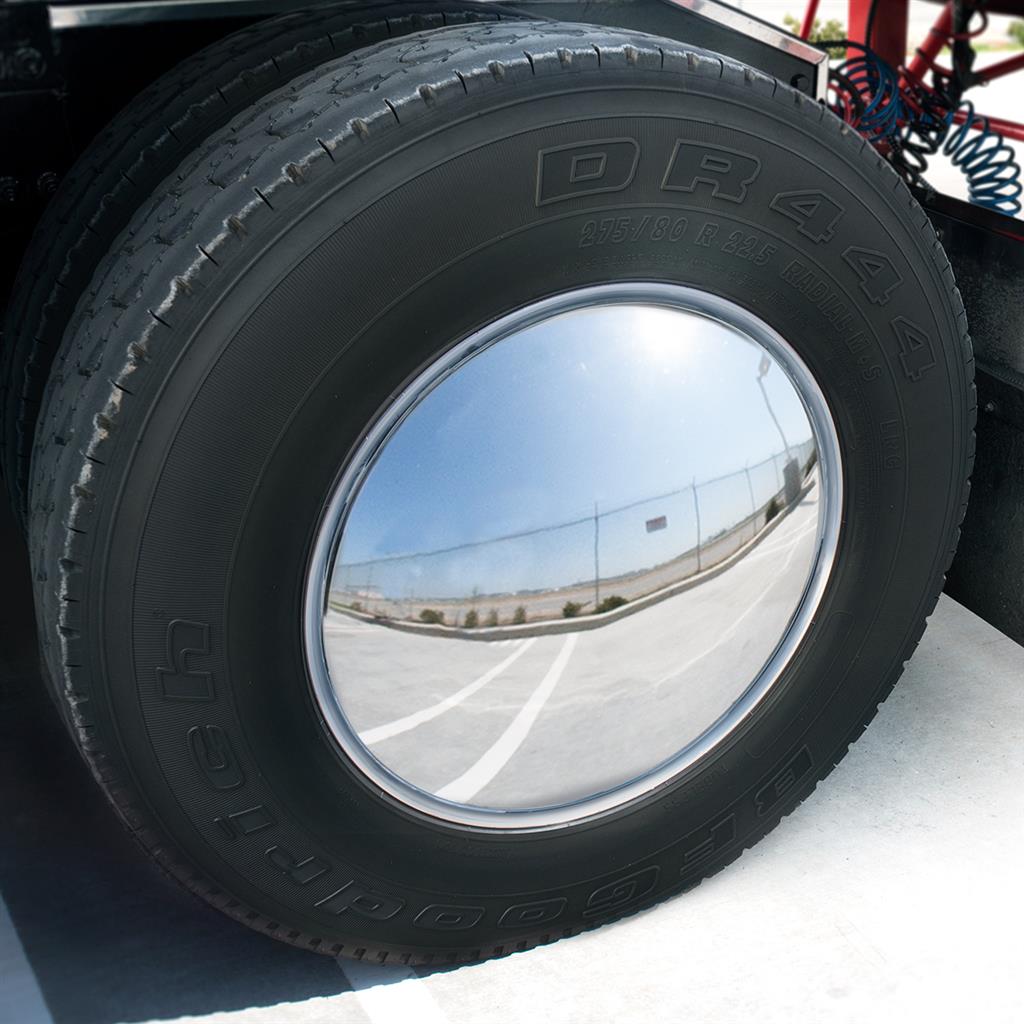masloki
Pattern Altitude
- Joined
- Aug 23, 2011
- Messages
- 2,028
- Display Name
Display name:
Nunya
PI is overkill. I'd go the NodeMCU route (gets you some wifi) and here's a starter Arduino project:...
Anyone know of another option? I was thinking from what I understand a Raspberry Pi might have the capability, but I really know nothing about the things and am not a software programmer myself.
https://create.arduino.cc/projecthub/embeddedlab786/temperature-based-fan-speed-control-945f9d
(EDIT)Better sample: https://create.arduino.cc/projecthu...-with-temp-sensing-and-button-override-4f2e8d
They are stone simple devices, and if one dies, you are out $5. But, give them some power, and they just work.





